The Thermogram Center helps clients monitor the effects of their prevention efforts.
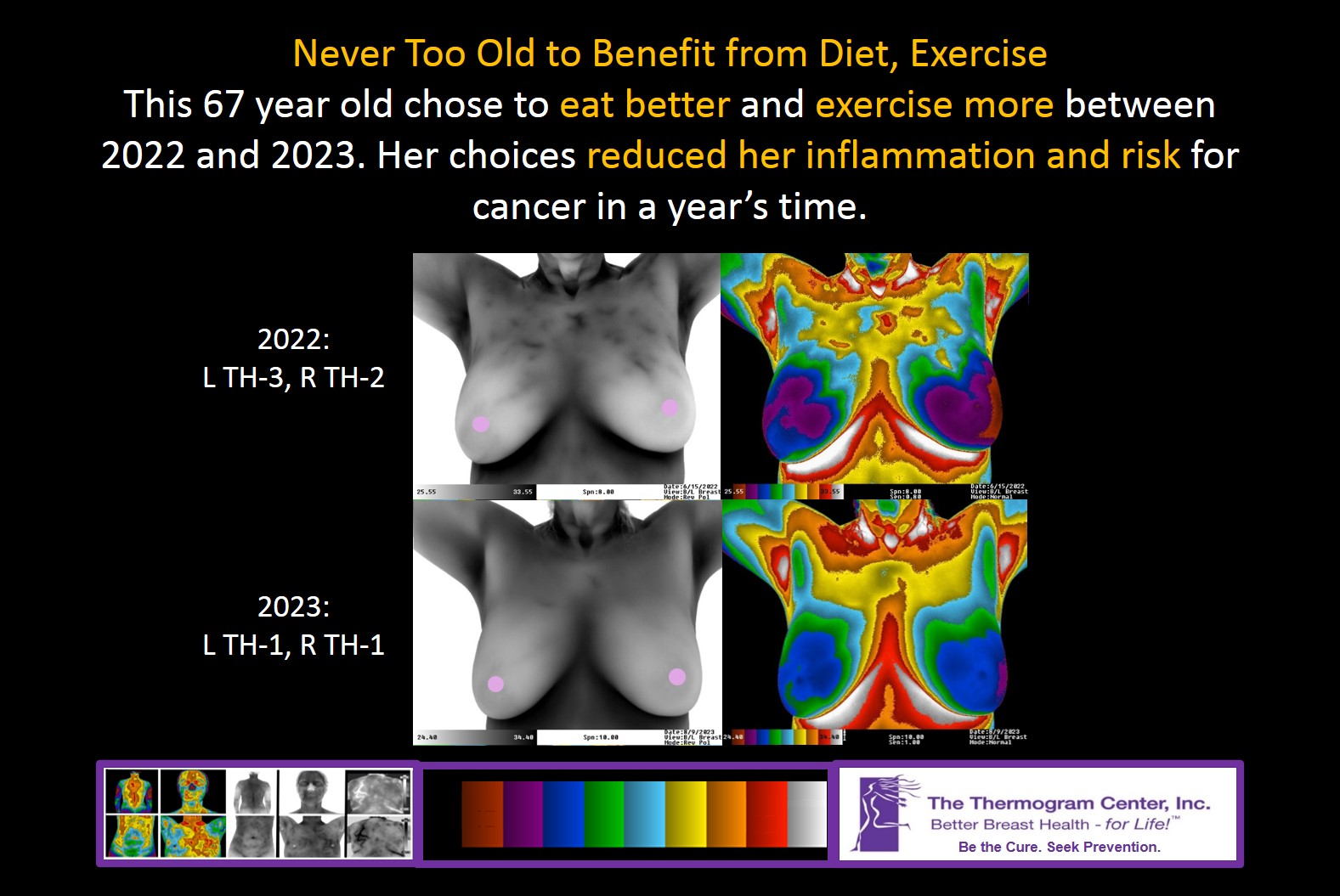
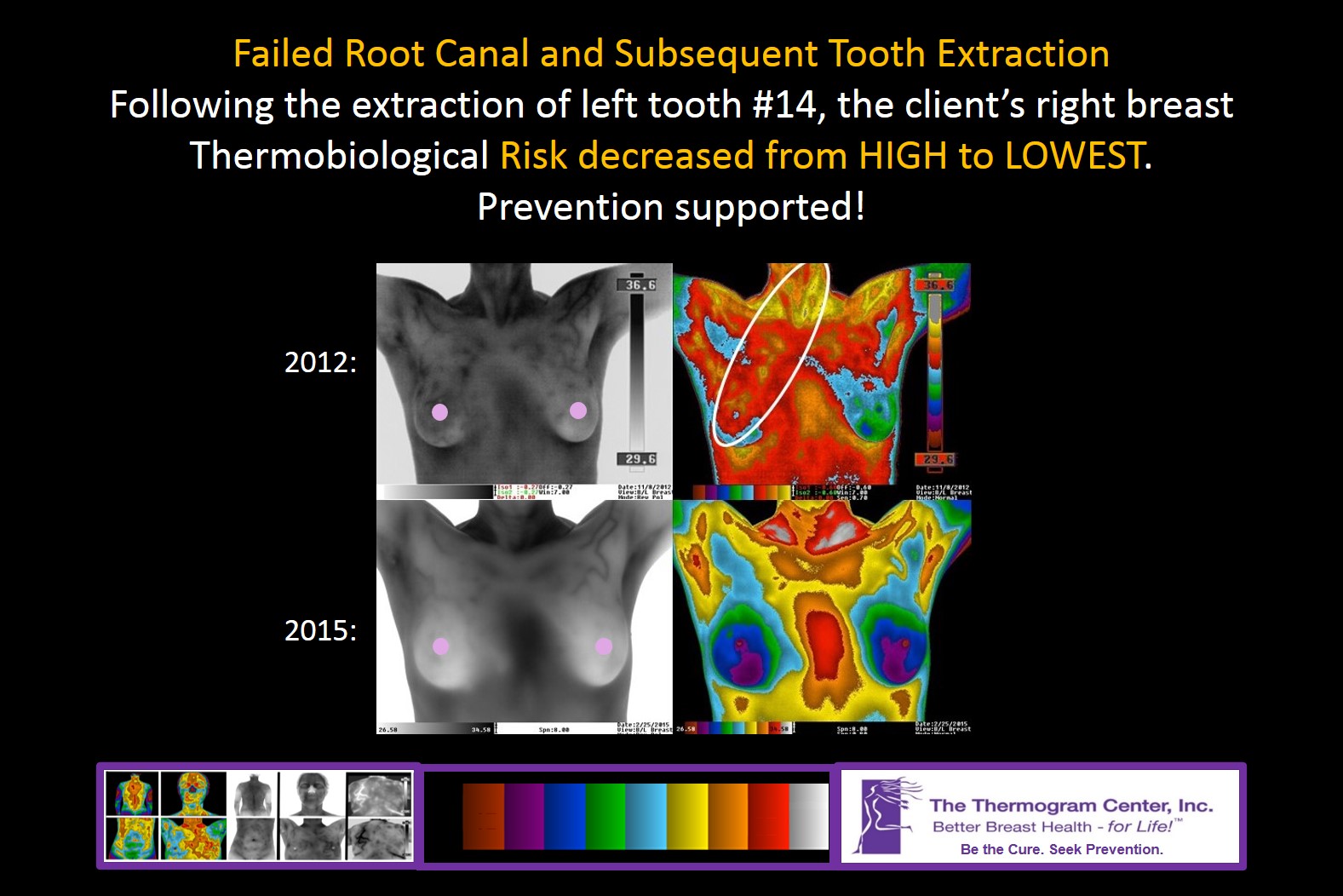
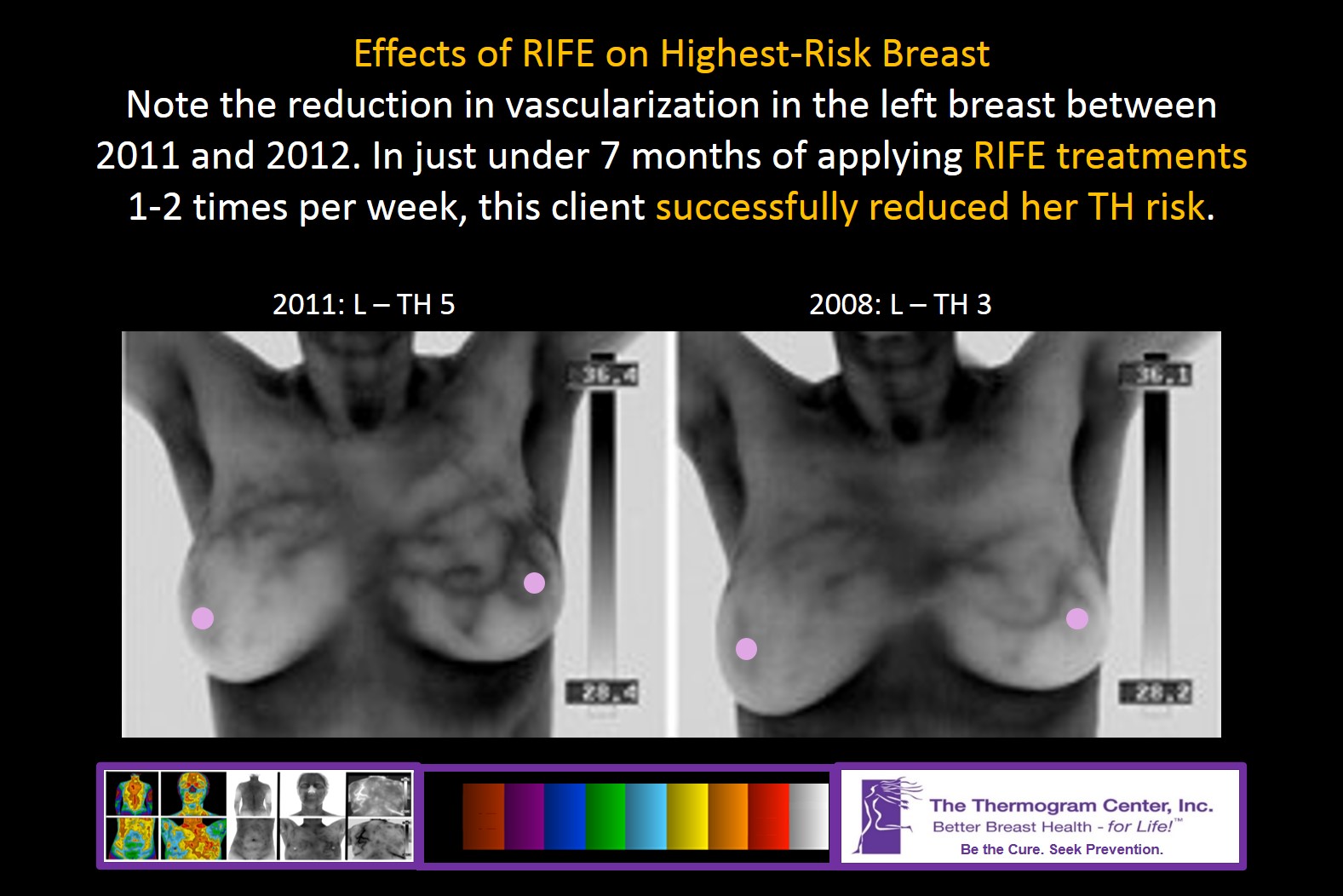


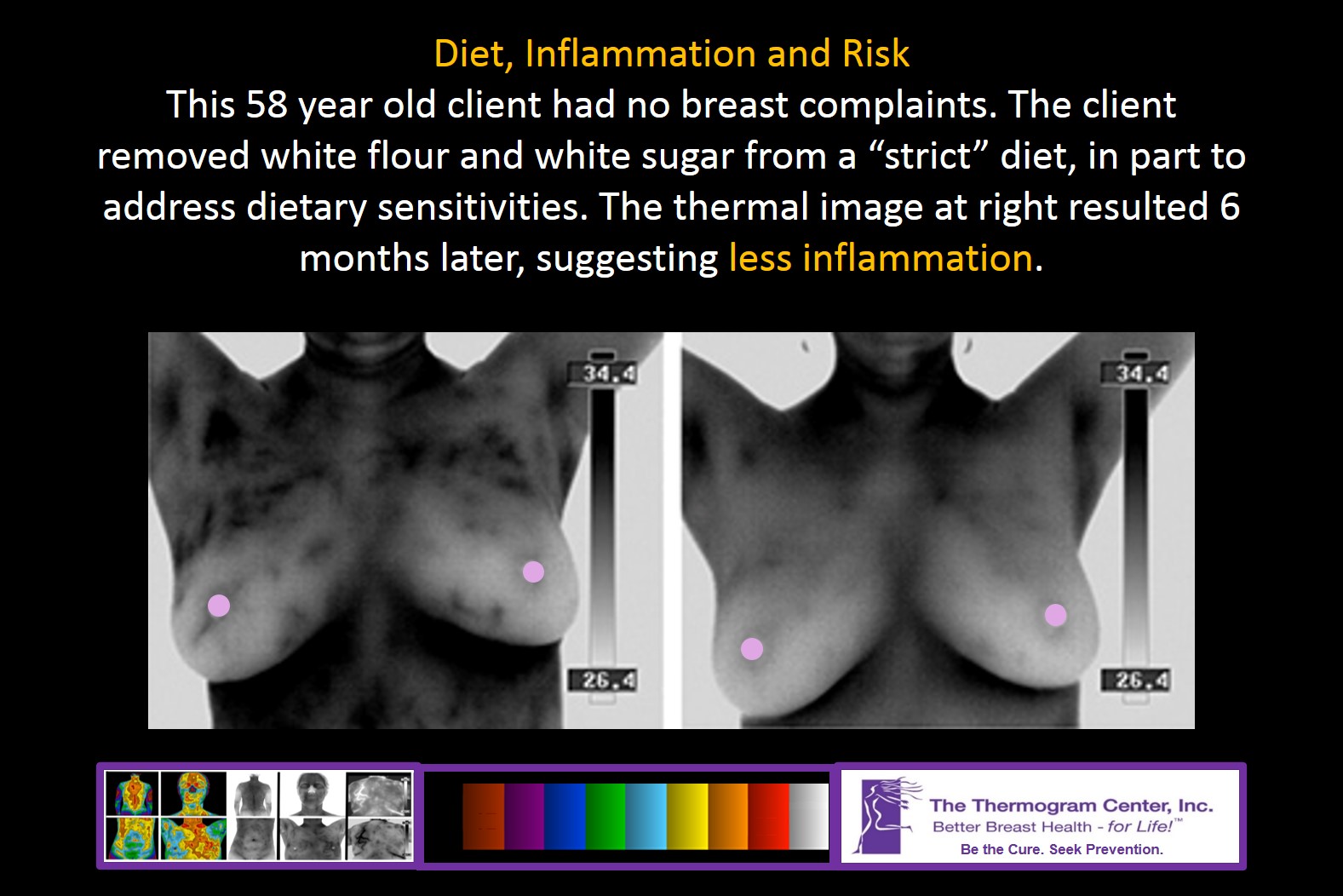
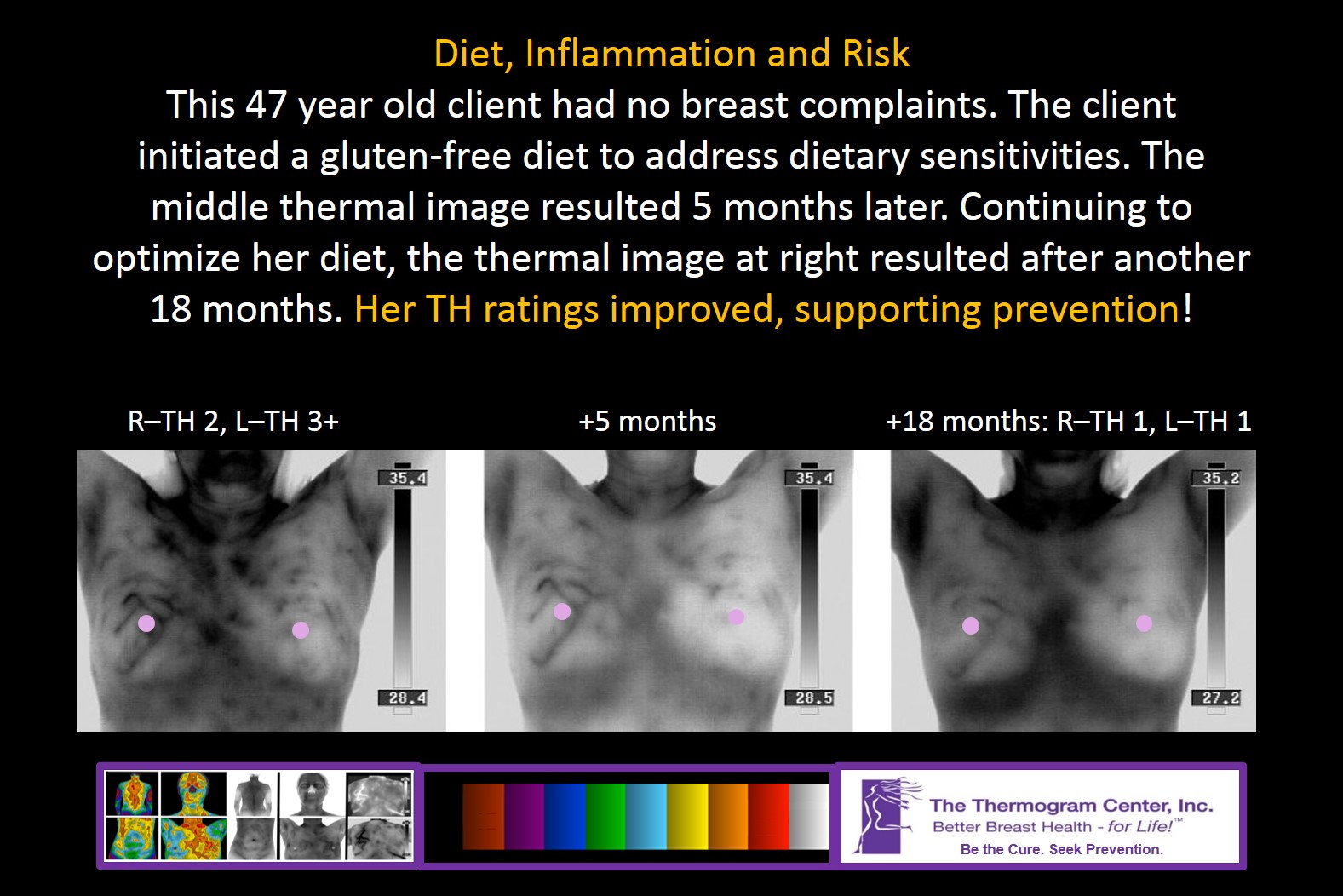
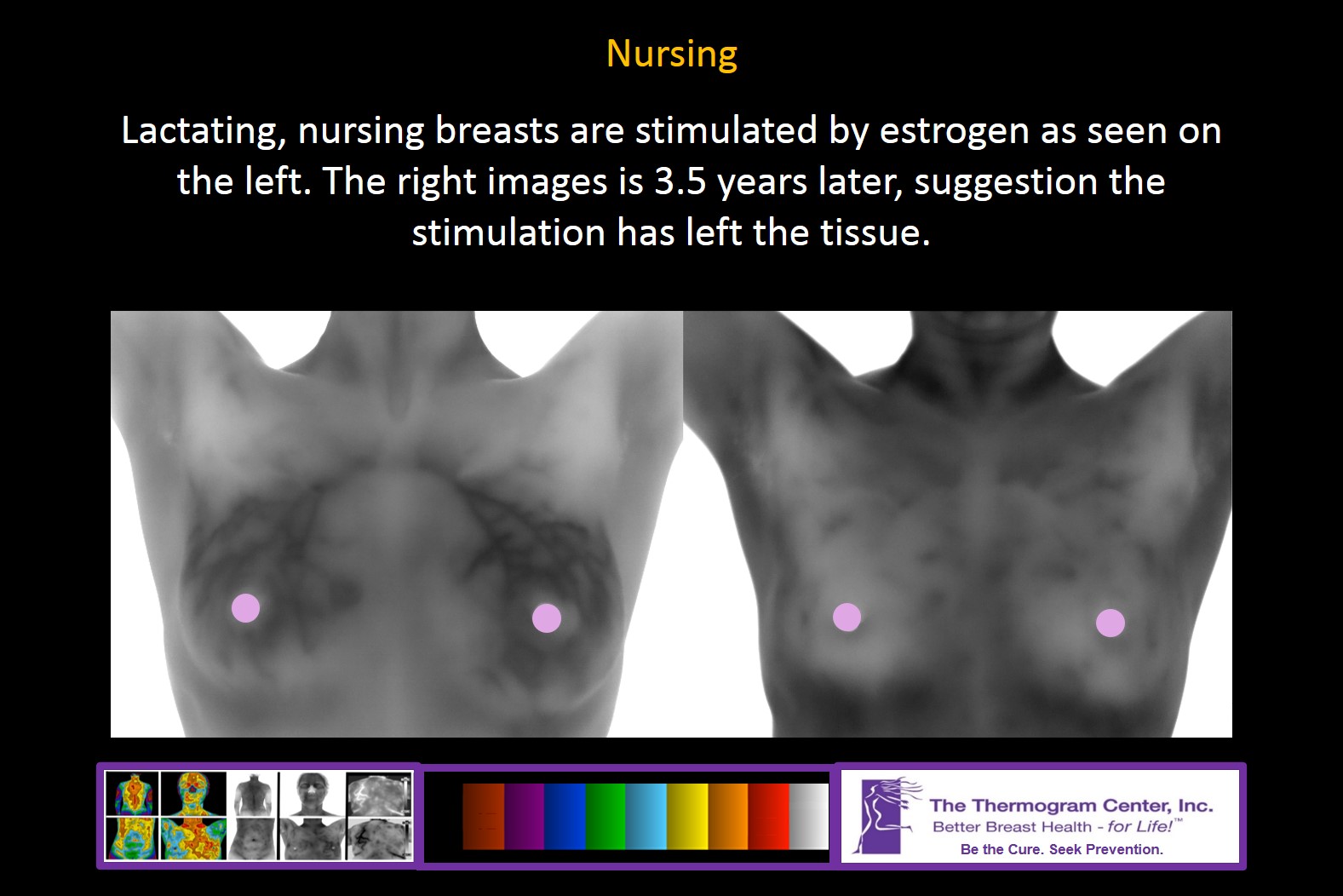
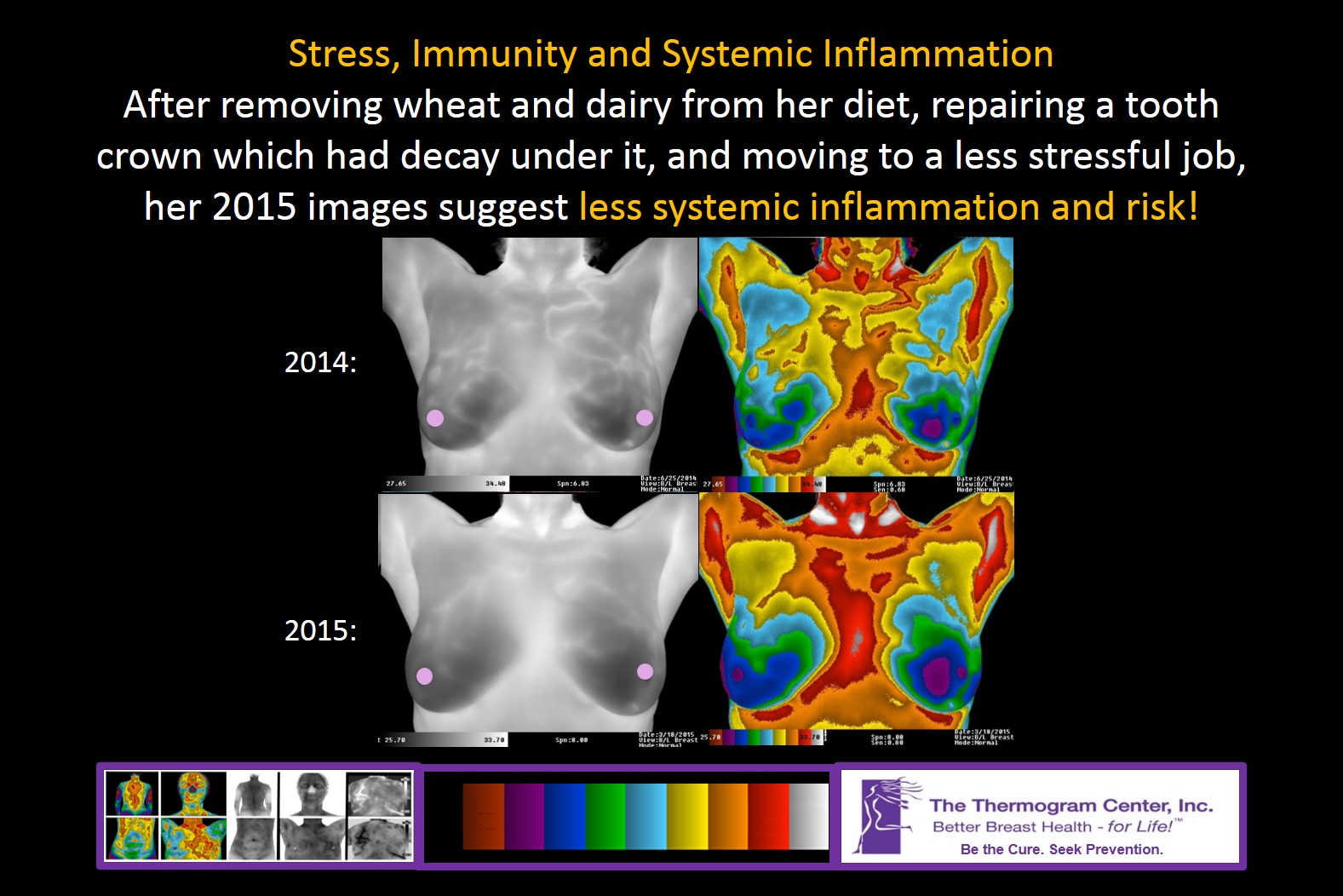
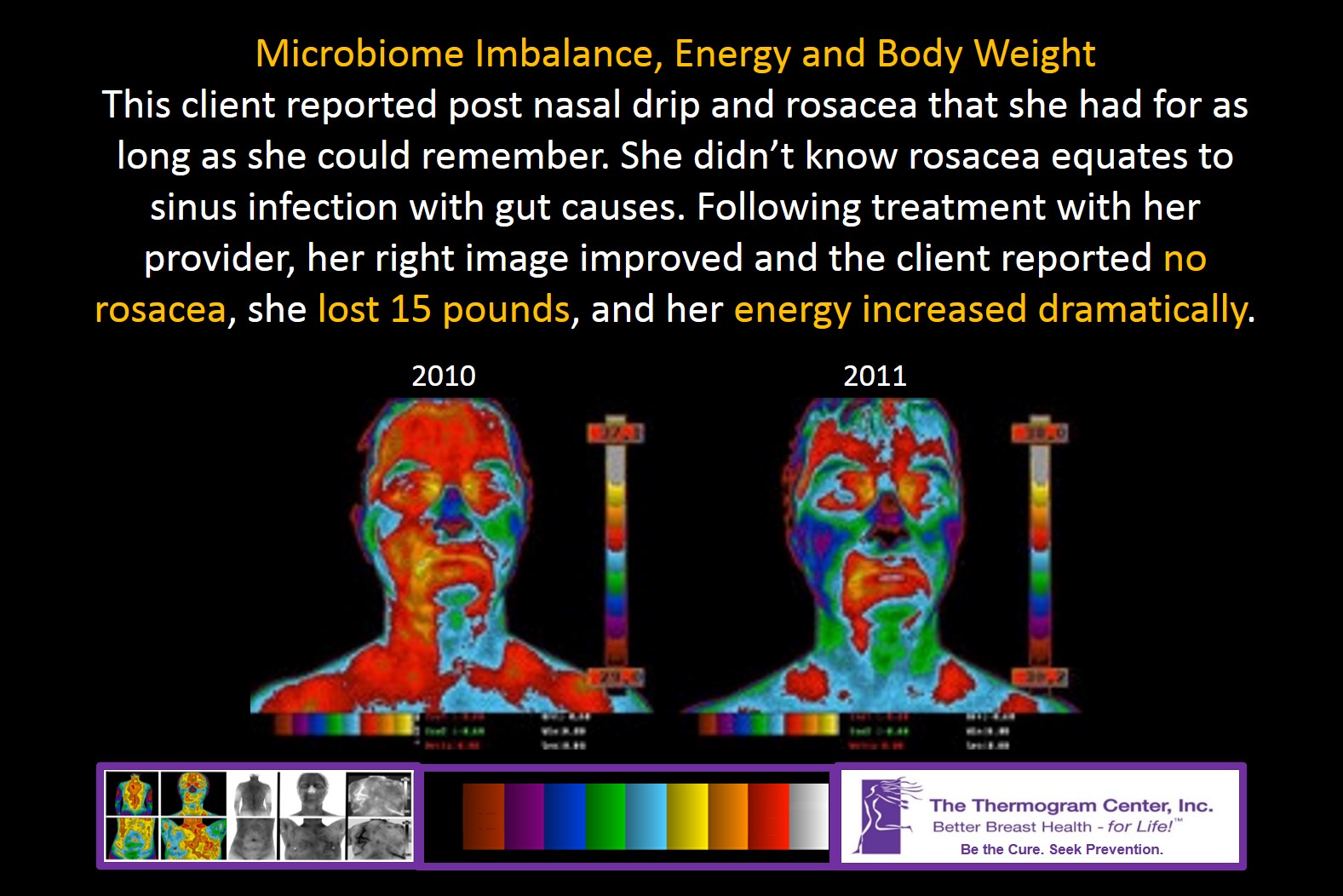
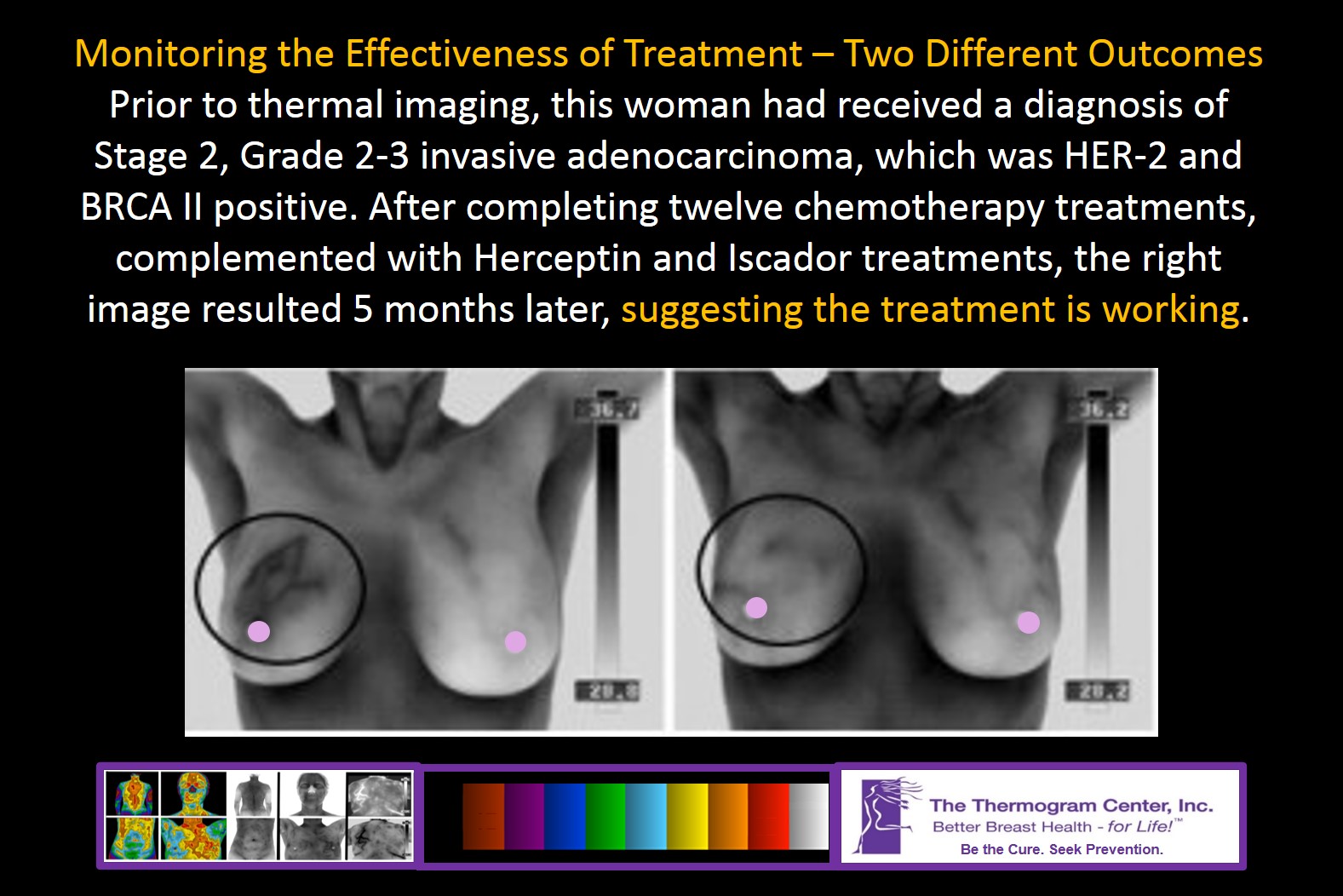
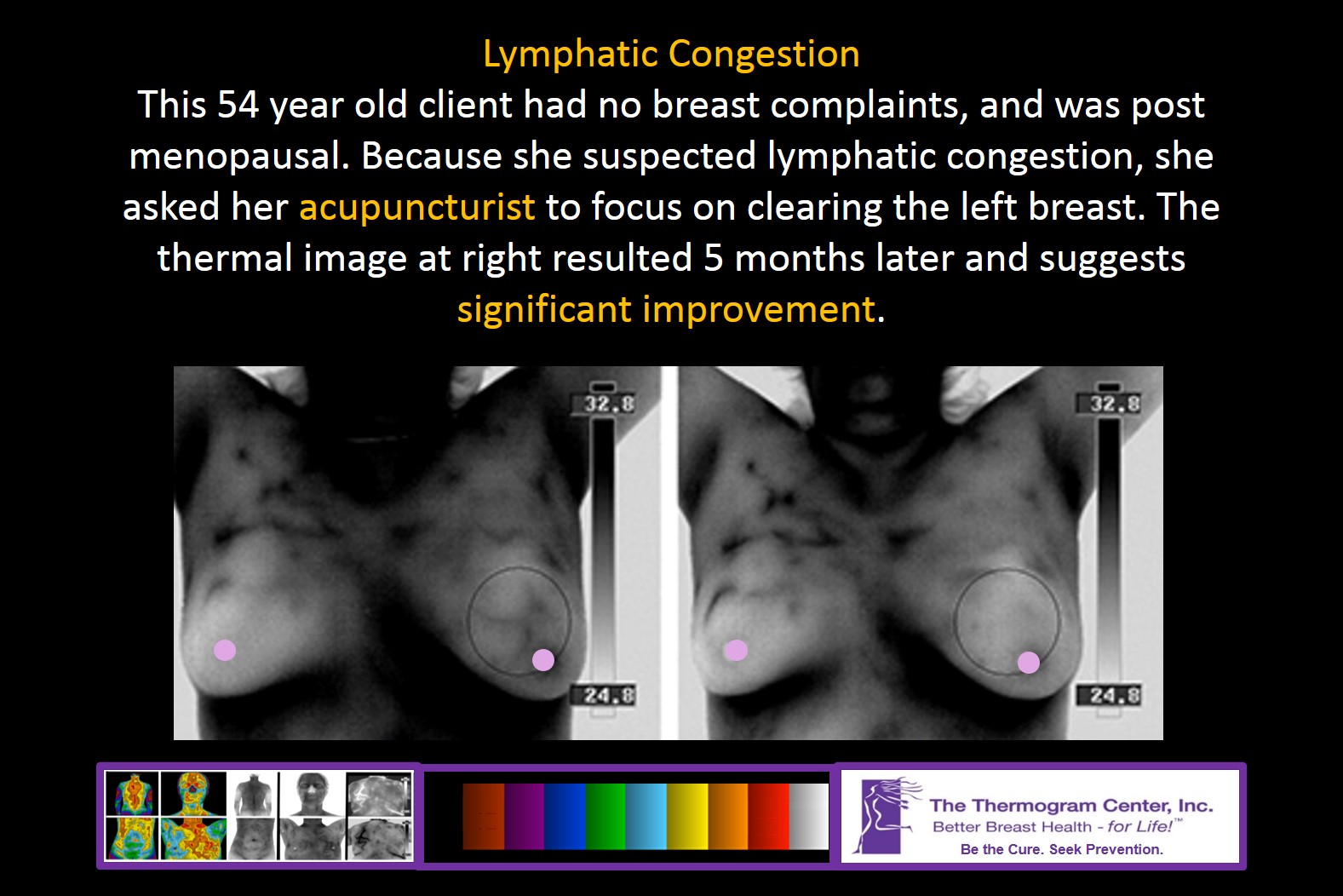

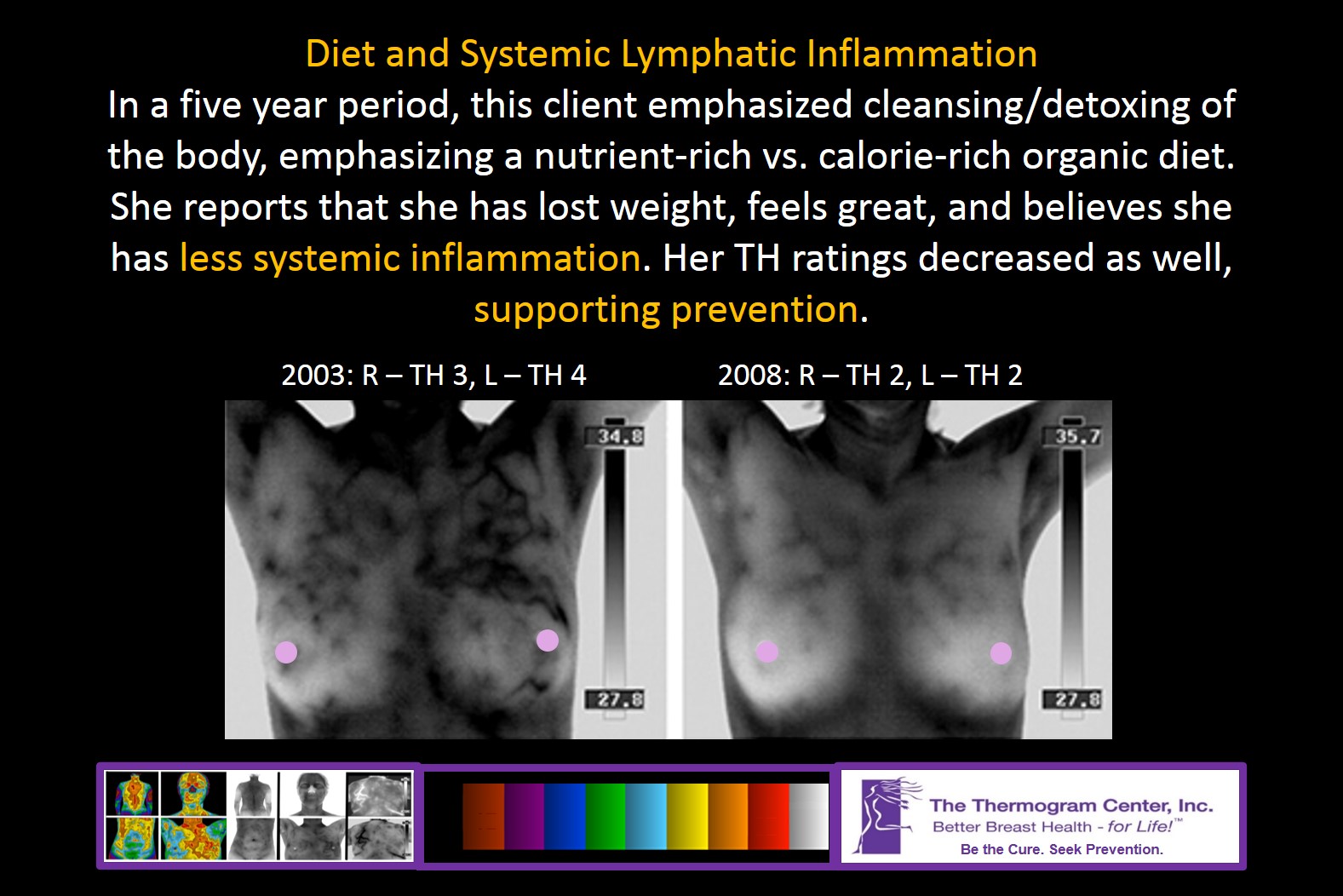

*NOTE: The Thermogram Center is not a treatment or diagnosing center. While these clients may have been imaged at The Thermogram Center with the images analyzed/interpreted by its interpretive service provider, any treatment and/or diagnoses obtained by the client were through his/her health provider(s).
